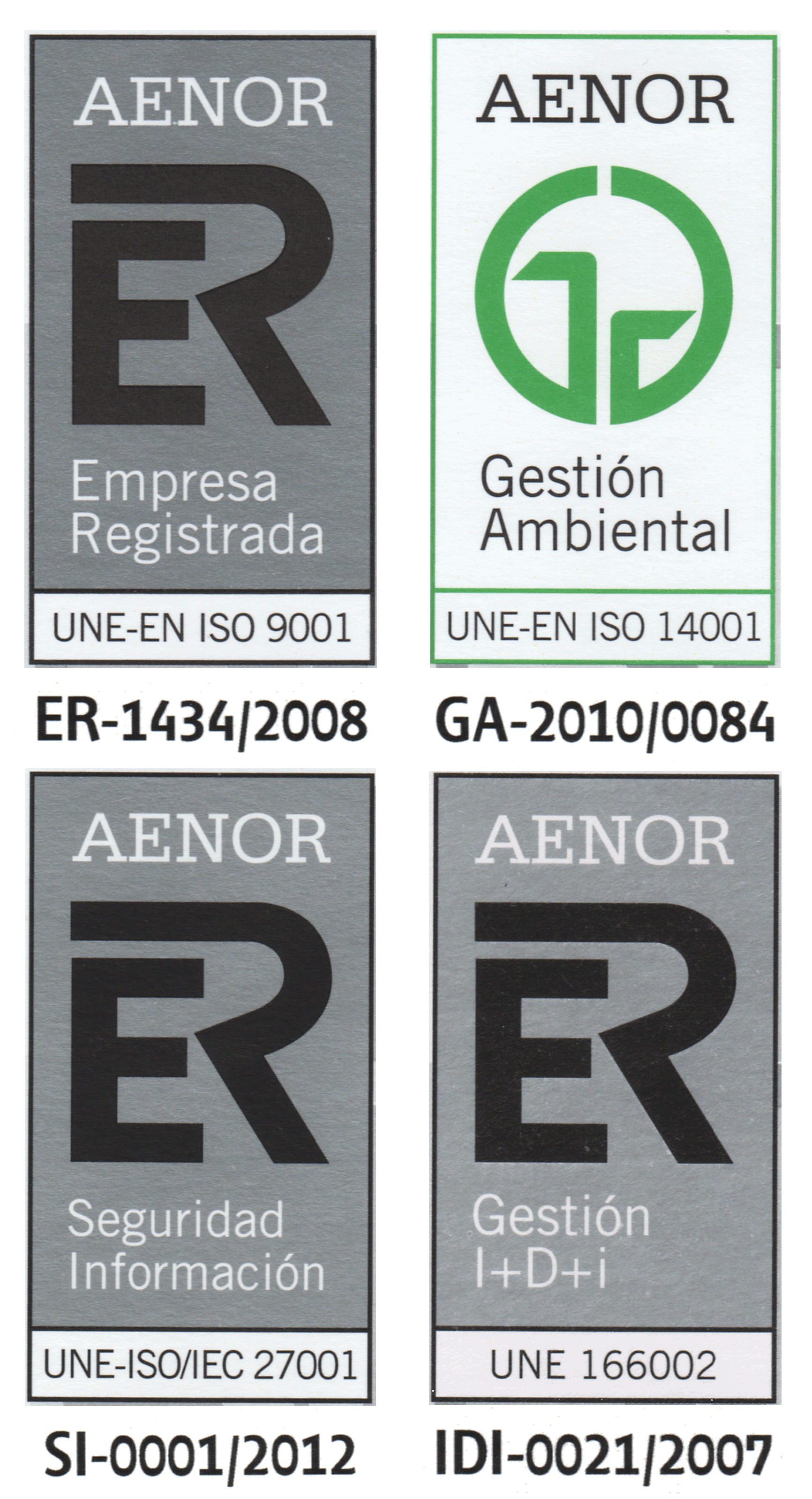A Protocol for Solutions to DP-Complete Problems through Tissue Membrane Systems
| Title | A Protocol for Solutions to DP-Complete Problems through Tissue Membrane Systems |
| Publication Type | Journal Papers |
| Year of Publication | 2023 |
| Authors | Orellana-Martín, D., Ramírez-de-Arellano A., Andreu-Guzmán J. A., Romero-Jiménez Á., & Pérez-Jiménez M. J. |
| Journal Title | Mathematics |
| Publisher | MDPI |
| Edition | 13 |
| Volume | 11 |
| Pages | 2797 |
| Date Published | 06/2023 |
| Abstract | Considering a class R comprising recognizer membrane systems with the capability of providing polynomial-time and uniform solutions for NP-complete problems (referred to as a “presumably efficient” class), the corresponding polynomial-time complexity class PMCR encompasses both the NP and co-NP classes. Specifically, when R represents the class of recognizer presumably efficient cell-like P systems that incorporate object evolution rules, communication rules, and dissolution rules, PMCR includes both the DP and co-DP classes. Here, DP signifies the class of languages that can be expressed as the difference between any two languages in NP (it is worth noting that NP ⊆ DP and co-NP⊆co-DP). As DP-complete problems are believed to be more complex than NP-complete problems, they serve as promising candidates for studying the P vs. NP problem. This outcome has previously been established within the realm of recognizer P systems with active membranes. In this paper, we extend this result to encompass any class R of presumably efficient recognizer tissue-like membrane systems by presenting a detailed protocol for transforming solutions of NP-complete problems into solutions of DP-complete problems. |
| URL | https://www.mdpi.com/2227-7390/11/13/2797 |
| ISSN Number | 2227-7390 |
| DOI | 10.3390/math11132797 |



